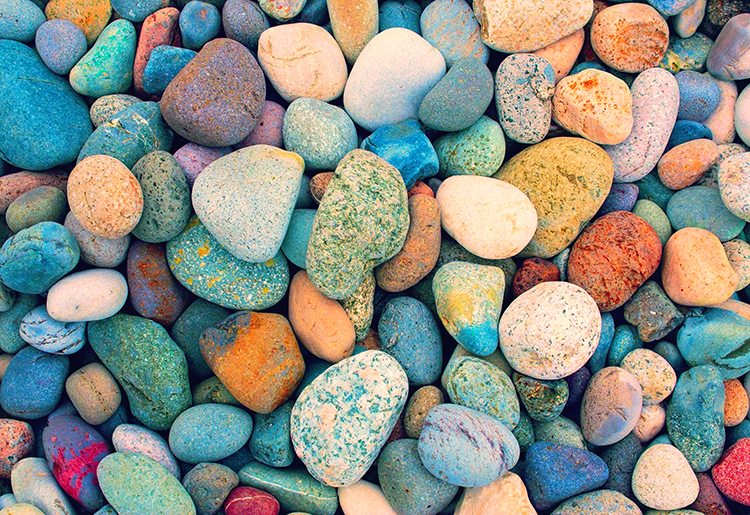Today is the last day of Mental Health Month 2022. Have you seen any messages about mental health on social media or TV? Even though the awareness campaign is ending, it doesn’t mean we should stop thinking about our mental health.
The theme for Mental Health Month 2022 is Back to Basics with information on recognizing warning signs, knowing the factors that can lead to mental health conditions, maintaining mental wellness, and seeking help.
- What Plays a Role in Developing Mental Health Conditions
- Maintaining Good Mental Health
- Recognizing When You Need Help with Your Mental Health
- What to do When You Need Help
These topics are very important. But I am going to write about something different. On second thought, my topic does relate to one of the basics – maintaining good mental health. I am going to write about something I touched on in last year’s post Mental Health Month 2021: Let’s Talk About Mental Health. I mentioned that I learned a few things to help offset some of my mental health struggles like anxiety, sadness, and fear. Over the past year I continued to make mental health one of my top priorities and have learned even more helpful things. As I browsed the Mental Health America website, I came across a page that resonated with me – Building Your Coping Toolbox. As I read, I had a cool realization… I have been creating my own coping toolbox for the past year. And you know what – with regular use, it is helpful! I still have struggles – the anxiety and depression still make appearances, but now I have some tools to prevent them from taking over.
I prefer a slight variation to the name of this toolbox… I think of it more as a mental health toolbox because I use my tools every day – even when I am not trying to cope with something.
Are you curious about what is in my mental health toolbox?
My Mental Health Toolbox
My mental health toolbox is a work in progress. I have collected a lot of resources like articles, books, and apps – some of which I have not yet read or used. Here are a few of the tools that I have been using lately.
- A daily intention
- Index cards
- Colorful magic markers
- A journal
- A worksheet called stopping stupid thoughts
- Visits to places I enjoy
- Patience (trying to be patient)
Are you wondering what I do with some of these tools?
Here’s an example… I write colorful notes on the index cards to help counteract things that cause stress or anxiety. Then when needed, I pull out a card and keep it in view until the feeling passes.
Here’s another example that I borrowed from yoga – a daily intention. My daily intention is several things that I reflect on during my early morning walk with Indy. I have been doing this for a few years and my intention has gone through several iterations. Are you wondering what I think about? Some items are personal, but I will tell you one – gratitude. I make a list of all the good things in my life – past and present.
How to Create a Mental Health Toolbox
Whatever you prefer to call it, if you are interested in creating your own toolbox, here are a few resources that may help you get started.
- Building Your Coping Toolbox
- Developing a Wellness Toolbox for Your Mental Health
- Five Things to Put in Your Coping Toolbox
- How to Create a Coping Toolbox to Help with Anxiety, According to Doctors
- Preserving your Mental Health: Utilizing all the Tools in the Toolbox
- Best Mental Health Apps
- Depending on your situation, a professional therapist may be an invaluable resource.





Leave A Comment